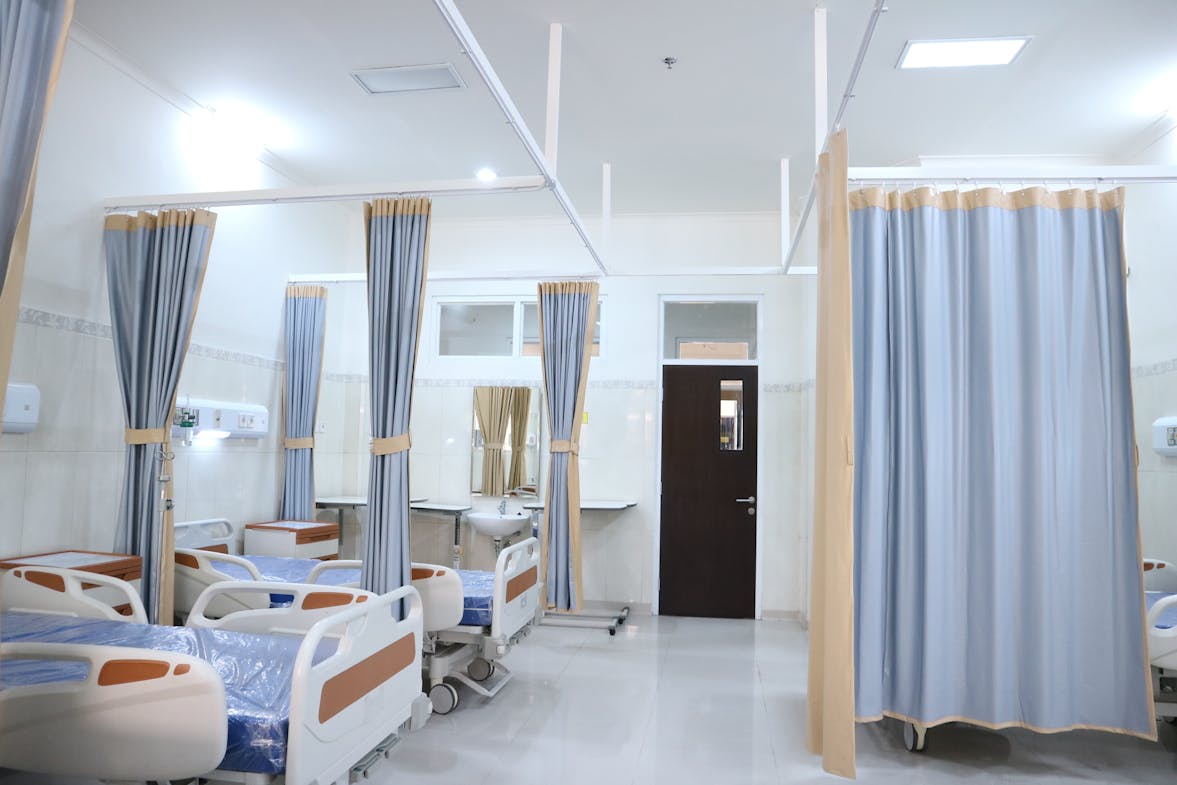The ongoing decline in hospital bed availability across Europe is raising alarms about the region’s preparedness for future health crises. As healthcare systems across the European Union (EU) face increasing pressure, experts are warning that the decrease in hospital capacity could jeopardize the ability to respond effectively to emergencies, such as the COVID-19 pandemic. This issue has garnered significant attention, as the number of hospital beds per capita has continued to fall, with some countries seeing reductions of up to 50% in the past decade.
The Declining Number of Hospital Beds in Europe
According to data from Eurostat, the EU’s statistical office, the number of hospital beds per 100,000 people decreased by over 8% between 2012 and 2022, dropping from 563 to 516. While this trend is widespread, the decline varies significantly between countries. Some nations, like Finland and the Netherlands, have experienced sharp reductions in hospital bed capacity, with drops as high as 51% and 39%, respectively. On the other hand, countries such as Bulgaria and Turkey have seen growth in hospital bed numbers, primarily driven by demographic pressures and an expansion of private healthcare facilities.
In some of Europe’s most populous nations, the trend is equally concerning. The United Kingdom, for example, has seen its number of hospital beds per 100,000 people fall by 16%, leaving the country with only 242 beds per 100,000 people. France, Italy, and Spain, which are part of Europe’s five largest economies, also recorded significant declines. Spain, with just 294 beds, and Italy with 314 beds, face growing concerns about their hospital capacity. This trend highlights the stark differences in healthcare infrastructure across Europe.
Why the Decline?
The decline in hospital beds can be attributed to several factors. One major influence is the shift in healthcare priorities towards outpatient care and technological advancements that have reduced the need for long inpatient stays. In countries like the Netherlands, where outpatient care systems are highly efficient, fewer beds are needed. Similarly, Finland has transitioned to a more outpatient-focused model, centralizing services into larger facilities and offering more care options outside of the hospital.
Moreover, there has been a push in many countries to reallocate healthcare resources towards primary and long-term care, which has contributed to the reduction in hospital beds. This restructuring is seen as beneficial in the long term, with a greater emphasis on preventative care, early disease detection, and community-based health services.
Countries at Risk: What Does the Future Hold?
While the focus on outpatient care and primary services may be effective in routine healthcare management, experts caution that reducing the number of hospital beds too much poses a significant risk during health emergencies. The COVID-19 pandemic illustrated just how crucial hospital capacity is when the need for inpatient care surges. Dr. Liina-Kaisa Tynkkynen, Chief Researcher at the Finnish Institute for Health and Welfare, emphasized that the declining number of hospital beds could leave healthcare systems vulnerable when inpatient care demand spikes.
Some experts suggest that the shift towards outpatient care should be carefully balanced with a strong and adaptable inpatient care system. Dr. Rodney Jones, Statistical Advisor for Healthcare Analysis, also pointed out that the number of hospital beds per capita is not the sole indicator of healthcare adequacy; other factors, such as the total number of deaths and the age of the population, also play critical roles in determining healthcare demands.
Regional Disparities and Future Risks
The disparities in hospital bed availability across Europe are striking. In some countries, such as Bulgaria, the rapid expansion of private healthcare has resulted in a rise in hospital beds, with Bulgaria seeing a 25% increase in hospital beds per capita. This contrasts with the decline in public health system beds across other nations. Meanwhile, countries in the Nordic and Southern European regions, which typically had lower hospital bed numbers to begin with, have seen the sharpest reductions. For instance, Sweden, with only 190 beds per 100,000 people, is among the countries most affected by this trend.
The question remains whether these countries can adapt their healthcare systems to meet future challenges. As population numbers grow, and as healthcare needs shift towards an aging population, the demand for hospital beds may surge once again. Countries such as Ireland and Turkey, where the number of hospital beds has increased due to population growth, may be better equipped to handle future health crises compared to countries with declining bed availability.
Conclusion: The Need for Strategic Health System Investment
While many European nations have shifted towards a more efficient, outpatient-focused healthcare system, the dramatic decline in hospital bed capacity raises serious questions about future resilience. As Europe prepares for future health challenges, the importance of maintaining sufficient hospital infrastructure, while also expanding access to community-based care, cannot be overstated. Experts argue that strategic investments in both inpatient and outpatient care systems are necessary to ensure Europe’s healthcare systems are ready for whatever challenges lie ahead.
References:
- The Decline in Hospital Beds in Europe: What’s Behind the Trend? Euronews Health. Euronews Health
- Europe’s Healthcare System: The Declining Number of Hospital Beds and Future Risks. Eurostat. Eurostat
- Reforming Healthcare in Europe: The Impact of Reducing Hospital Bed Capacities. Organisation for Economic Co-operation and Development (OECD). OECD
- Health Systems in Transition: The Case of Finland’s Healthcare Reforms. Finnish Institute for Health and Welfare. Finnish Institute



